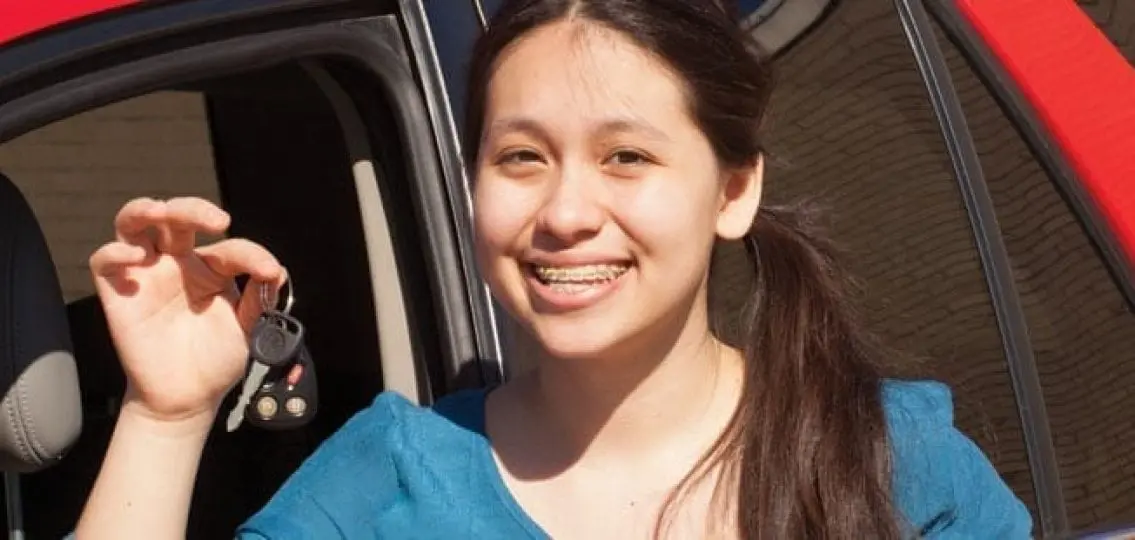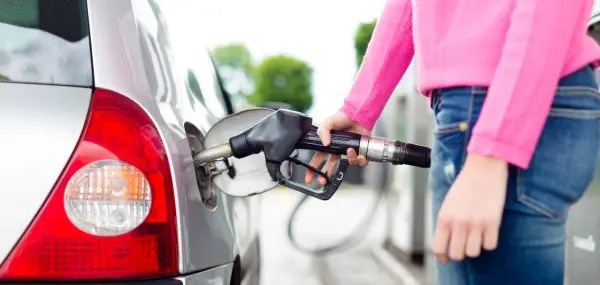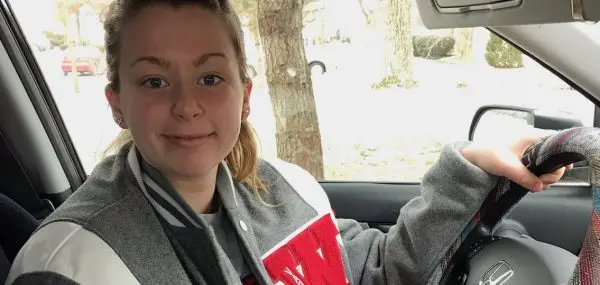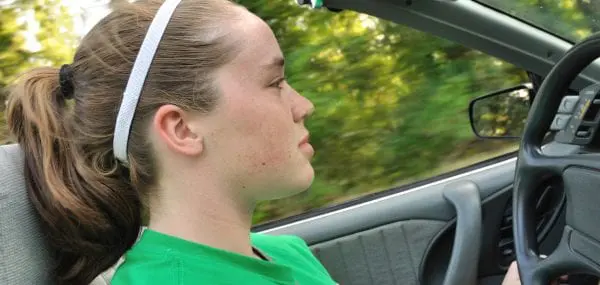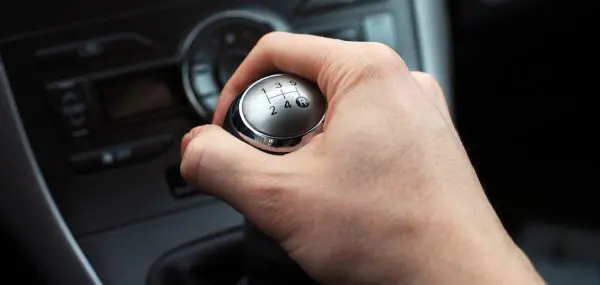May 11, 2015
Over the past 25 years, most states have implemented what’s called a graduated driver’s licensing system. With graduated licensing, teenagers earn a license in stages. The stages are permit, probationary, and full license.
What’s allowed at each stage—for example, many states allow only one teenage passenger for the probationary stage of driving—is based on what the research shows causes inexperienced drivers to get into accidents. No state has adopted the most stringent version of GDL law (see below). Your family, however, can adopt it if you would like, and that’s exactly what experts recommend.
Learning To Drive Steps According To GDL
- Start learner’s permit phase at 16. Wait until your teenager is age 16 for the learner’s permit. This is phase one of the driver’s licensing process. Many states allow teenagers as young as 15 to get their permit. Experts say 16 is a better age, as the brain has had another year in which to mature.
- Stay in learner’s phase for one year. During this phase, your teenager can only drive when supervised by an adult. Again, most states are less stringent, requiring about six months in the learner’s permit phase.
- Driver’s Ed and 50+ Hours. In the learner’s phase, your teenager should (1) take a driver’s education class and (2) get more than 50 hours—optimally, 80-100 hours— of supervised driving by an adult. These hours should span all seasons and scenarios (like nighttime). You (or another trusted adult) must sit in the car with your teenager for the 50-plus hours of supervised driving. Really, the only way to develop a competent driver is practice, practice, and more practice.
- Probationary phase. After a year in the learner’s phase, your teenager will earn a probationary license (some states call this a restricted, junior, or provisional license). In this phase, your teenager can drive on her own, but with limitations. First, no driving after 10 pm (and consider making that 9 PM for the first few months). Second, no passengers in the car, except for an adult (who can continue to supervise). Teenagers should remain in this probationary phase for a year.
- Full License (and Driving Privileges). Your teenager is ready for full driving privileges. These include driving with other passengers and late at night.
Source: National Safety Council and Traffic Injury Research Foundation
